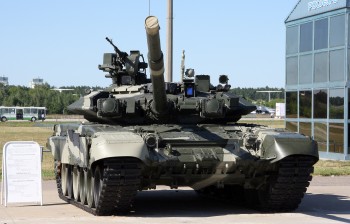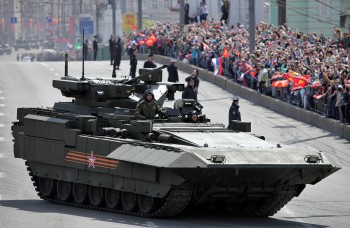500 Russian jets V 1,000 U.S working jets.
10min 10 seconds video link.
1, we work in packs of 50 and have clip on tanks that spray chemicals out in a dog fight, why dropping heat seeking missile that turn on in 3 or so seconds.....Behind enemy jets. .
2. We attack low and spray the sky with chemicals / particles and ash that charges the sky....More like a basic chemicals that do the same.
3. We make mass S-400 missiles that have 40 small lock-on inferred missiles in them also.
4. we spray and ionise air molecules, that flame up enemy jets engines. That or spray a chemical that does the same.
5. The chemicals / electrons and ash will heat the jets up instantly, and Inferred missiles will lock-on big time.
6. Can ever drop them off in artillery shells, that kick start its speed instantly to 2,000 - 6,000km/h. They lock on and turn back to the fighter instantly.
Volcanic ash, as seen on the flight going across Indonesia years ago, seen it's window flickering with light "distracting 1,000s of jet pilots" why jet motors flame up at the back. This means we can flame up American F-22 jet motors and frames, giving away massive heat signatures allowing all small inferred missiles to lock on.....Along with new missiles made to attack metal frames charged.
F-22 will be downed and will give off massive heat now.
When them come in masses, the sky will be flooded with chemicals seeing masses of heat seeking missiles locking onto 1,000s of jets and bombers. Russia can make missiles fly at 5,000km/h. F-22 fly at 1,700/h.
There would be many chemicals that can do this.
1. We make 1,000 missiles that hold 30 - 100 small infrared inside them. The bombers and jet fighters drop the ash / chemical lighting up their jet engines why blinding them. Missile are already getting there, spiting out 100ds of small inferred missiles "each" taking out 100,000 jet fighters from 1,000 missiles.
We can work in wolf packs and drop it on small numbers, setting up traps. They will not fly in 2,000 numbers, but hundreds or 1,000s tops. If they do, they are fucked.
If you can't get volcanic ash "that you can", make something the same "charged clouds" that do the same thing. Like a thick smoke with moisture in it charged.
We can now use 400 fighter jets and 100 new space jet bombers to dive down and drop the shit all over the sky around them. We dive as the lock on missiles go up seconds later.
We will see the enemy in shock, not able to see, and their jet motors flaming at the back big time, seeing 1,000s of lock on heat missile hitting there targets.
500 craft v packs of 100drs. If they use 20,000, we will destroy them all.
We can take on America to. Add 30,000 more craft who cares.
Put charges in the ash / smoke and dump it all around them. Them charges will do the above....Heat the jet's up then fire them missiles. Bonus if the F-22 jets stat flaming like that lol....Fuck them 2.
You can 100% make clouds of shit like that, so start working on it.
We divide them up, and take them out.
This is to prevent nuclear war.
Put the link together because I am new it takes 7 days before you can post links...dumb.
h t t p s : / / w w w . y o u t u b e . c o m / w a t c h ? v = O p u x q B p - C X w [ u r l = h t t p s : / / s e r v I m g . c o m / v I e w / 1 9 6 7 9 0 6 4 / 9 ]

[/url]







 [/url]
[/url]